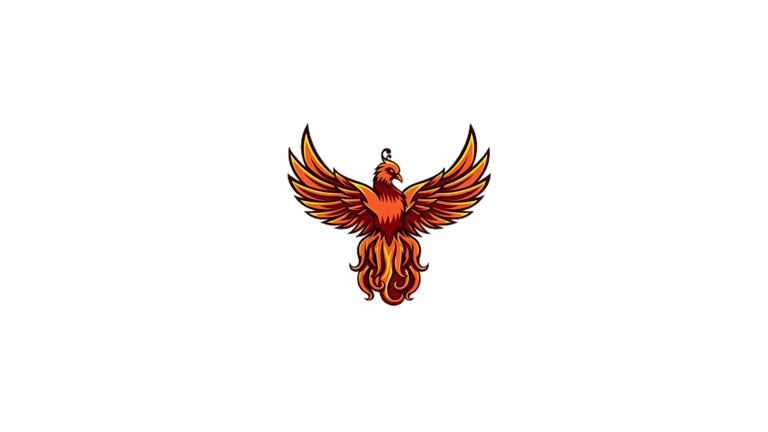Meet Microsoft's VASA-1: Transforming Digital Communication with Realistic Talking Faces
Explore Microsoft's VASA-1, a groundbreaking technology capable of generating lifelike talking faces from a single image and speech audio. Learn how VASA-1 enhances virtual assistants and tackles diverse inputs like artistic photos and singing while addressing the challenges of potential deepfake misuse.
Faheem Hassan
4/20/20242 min read


Microsoft Unveils VASA-1: Pioneering Realistic Talking Faces from Images and Audio
Microsoft has introduced a revolutionary technology called VASA-1, designed to synthesize realistic talking faces from a single image and accompanying speech audio. This cutting-edge system not only generates natural facial expressions and head movements but also adeptly manages unique inputs like artistic photos and singing voices. As the demand for more interactive and engaging virtual assistants grows, VASA-1 stands out as a potential game-changer in digital communication. However, its capability to create highly convincing imagery raises concerns about the potential creation of deepfakes.
Advanced Capabilities of VASA-1
VASA-1, Microsoft's latest innovation, offers remarkable advancements in digital imaging and audio processing. By using just one image and speech audio, VASA-1 can create dynamic and realistic facial animations that accurately mimic human expressions and movements. This system's versatility extends to handling diverse data types, including artistic images and varied vocal expressions like singing, making it incredibly versatile in content creation.
Enhancing Virtual Interactions
One of the primary applications for VASA-1 is in the development of more engaging and lifelike virtual assistants. This technology can transform static images of virtual characters into expressive, interactive entities. Such enhancements are anticipated to significantly improve user experience in virtual meetings, online education, customer service, and interactive gaming.
Ethical Considerations and Potential Misuse
While VASA-1’s capabilities are impressive, they also present ethical challenges, particularly in the realm of deepfakes—videos or audio recordings that look and sound like real people but are artificially generated. There is a growing concern that such technologies could be used for misinformation or malicious purposes, making it crucial for developers and regulators to find ways to prevent misuse while encouraging responsible innovation.
The Future of Digital Communication
Microsoft's VASA-1 is setting new standards for what's possible in digital media creation. Its ability to produce detailed and realistic animations from minimal inputs promises to revolutionize how we interact with digital interfaces, making them more intuitive and human-like. As this technology evolves, it will be important to balance innovation with ethical responsibility to ensure it benefits society while minimizing harm.
As VASA-1 continues to develop, it will be fascinating to watch how it influences the future of digital interactions and the measures taken to safeguard its use, ensuring that it serves to enhance digital communication rather than compromise it.
